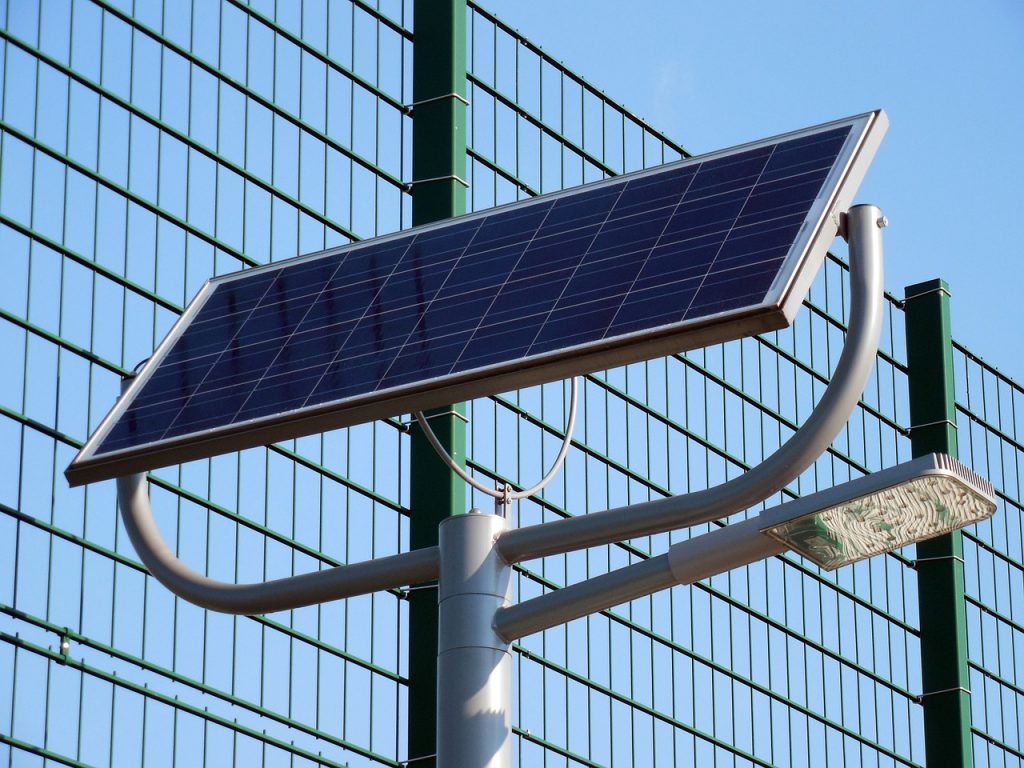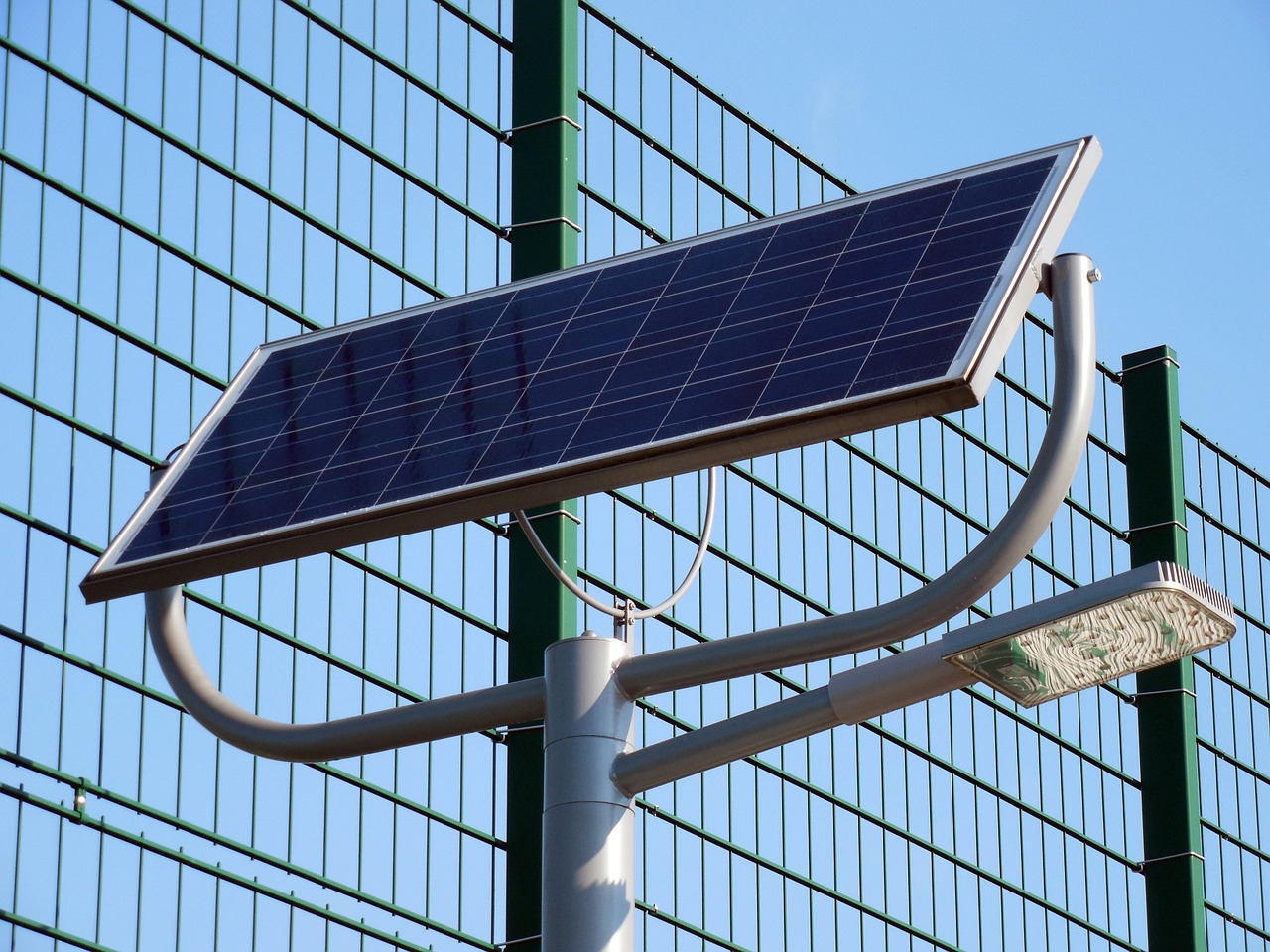Lighting fixtures in a city are a crucial part of daily life. They keep the streets lit and visible, for various reasons. However, they are also costly because of the constant drain in power, as well as the need to maintain these lights. Yet, they’re also something people can’t do without because urban environments at night tend to block out natural light sources once the sun sets. They’re a critical part of the night-time functions of a city.

Which is where smart street lights come in. These run on new technology to fulfill an old function. They’re there to light up the streets and keep things from getting too dark once the sun sets. However, are there any real advantages to using products like Bluesmart smart lights over more traditional counterparts?
Powered by the Sun
First, there’s the fact that these lights are solar-powered. This means that the cells charge during the day when the lights aren’t on by default. They don’t need to draw power from the grid, though some models may have that as a backup option. This reduces the costs in terms of the power utility, making them more cost-effective on a city’s budget.
Now, some might have concerns that solar power cells aren’t as effective as plain old electricity. The truth is that solar panels have improved over time. They can provide enough power for the lights to last through the night and then some, all while charging while the sun is still out. They’re just as bright as traditional bulbs, so that’s not going to be an issue. Being environmentally-friendly is just an added bonus.
Reduced Maintenance
Solar panels to power the lights also cuts down on maintenance costs. There’s no longer a need for linemen from the power company to check on them every so often. However, this is just the tip of the iceberg if the lights are both solar-powered and hooked up to smart infrastructure.
It should be noted that the panels themselves require some maintenance. They should be cleaned and cleared of debris regularly.
By being hooked up to a smart network, the lights can send diagnostic and status data to a central hub. In case anything is wrong, the problem can be spotted in real time. This means that there’s no longer a need for people roaming an area or waiting for reports to come in. An outage or other error can be detected and dealt with only when it arises. This adds further savings in terms of maintenance.
Energy Efficiency
Smart solar lights are more energy-efficient. As noted, most models rely entirely on solar power, but can still use the grid as a back-up power source. The smart part is also a huge contributor to their ability to maximize the use of their battery power. All it takes are a couple of motion sensors in the overall light frame.
One of the main reasons ordinary street lights cost so much is that they’re on at all hours of the night. It doesn’ matter if anyone is there to benefit from the light. However, using motion sensors to control the lights can mitigate that. By installing motion sensors, the lamp can detect if there is anyone nearby and light up. It can also tell them to dim the lights if there’s no one to benefit from the illumination.
This cuts down on the juice drained out of the battery or on the power being tapped from the grid. By some estimates, the savings can go as high as 40% with these lights. This is before the smart systems allow for civil engineers and urban planners to analyze the gathered data, so they can plan things more efficiently and get a better view of how things are on the ground.
Crime Prevention and Safety
There’s also security. One of the reasons cities have street lights is for safety and crime prevention. Most criminals are more hesitant to act if there’s enough lighting that their potential targets can see them coming. People also feel safer walking at night if they’re near or under light sources. According to a study, about 39% of nighttime crime is prevented just by having adequate lighting in areas that would otherwise be dark.
If the lights are equipped with motion sensors, there’s a tangential benefit as well. Anyone that is following another person would need to keep within the reach of the sensors, possibly alerting them to the stalker’s presence. If they don’t keep within reach and instead keep back, they become detected by the sensors of a different light. This turns the other light on, alerting people to their presence anyway.
Conclusion
Smart, solar-powered lights can be a great alternative to traditional street lights. Yes, there is the cost of installation that can seem daunting. However, they pay for themselves over time in the savings and their impact on reducing nighttime crime on the streets cannot be underestimated.




